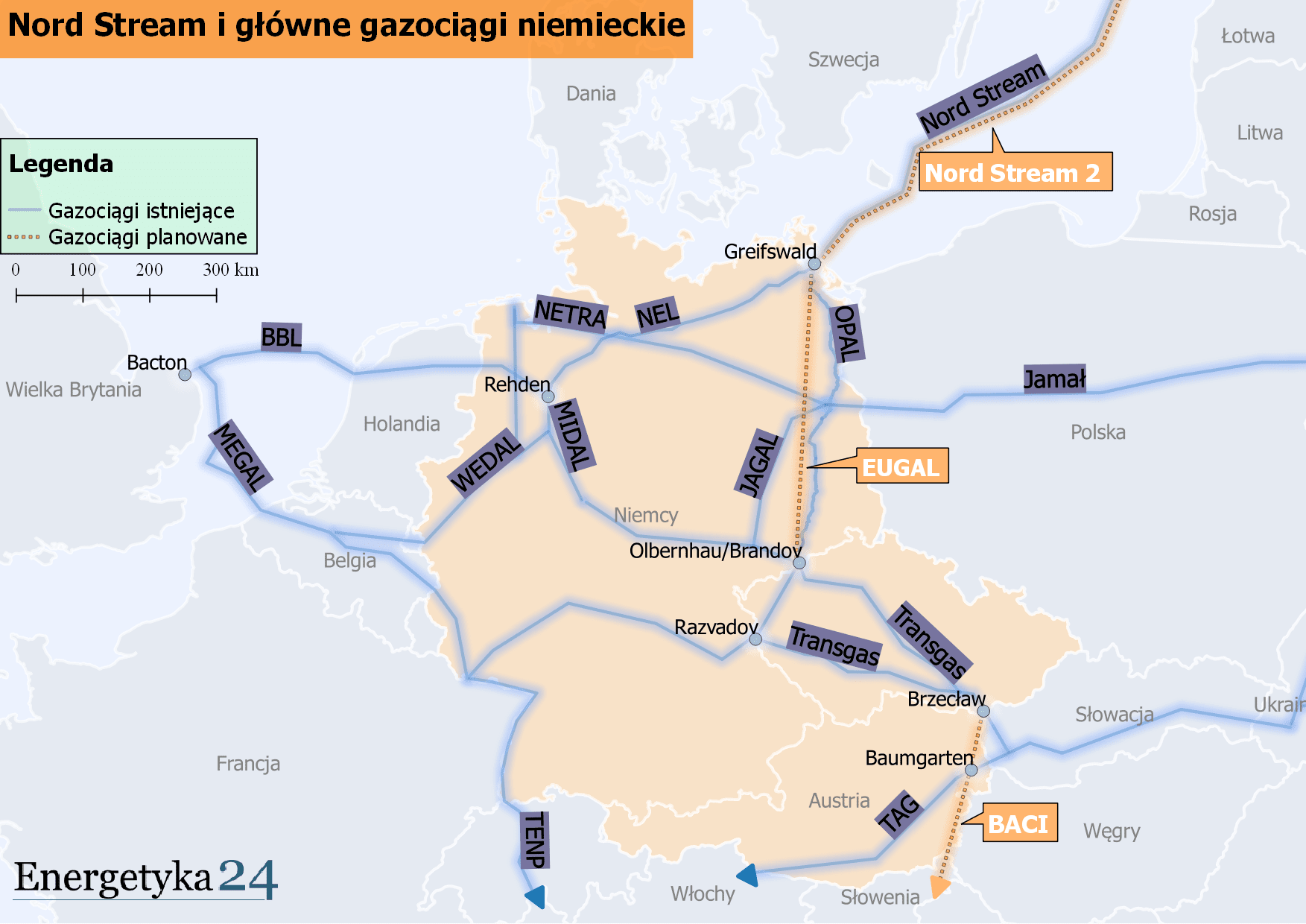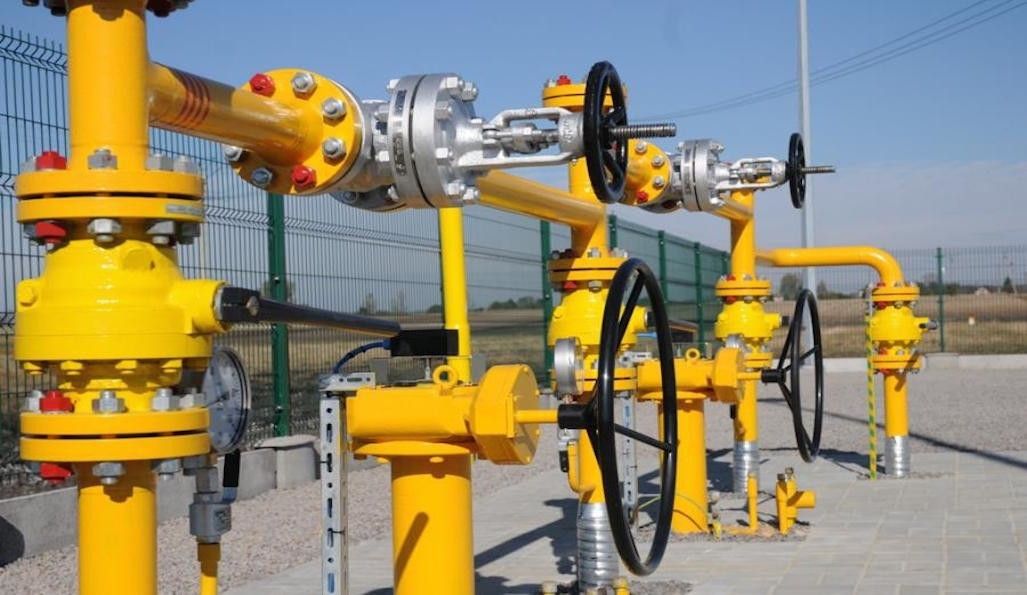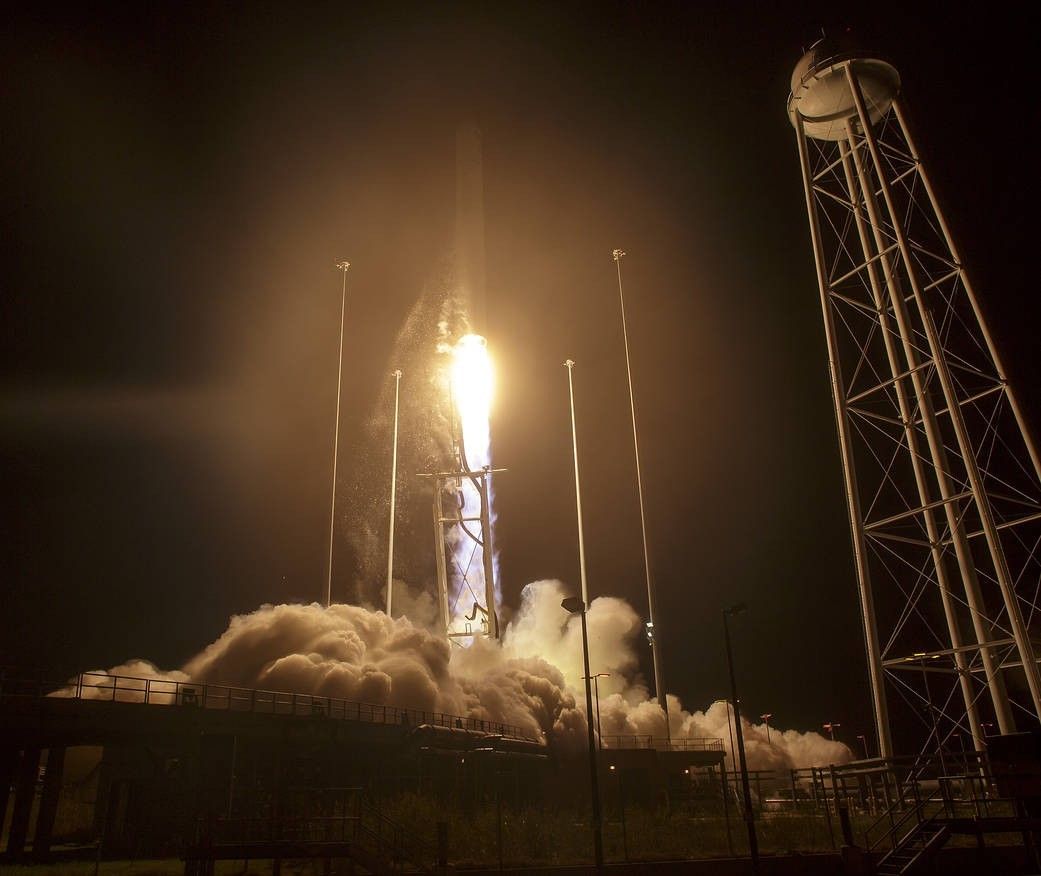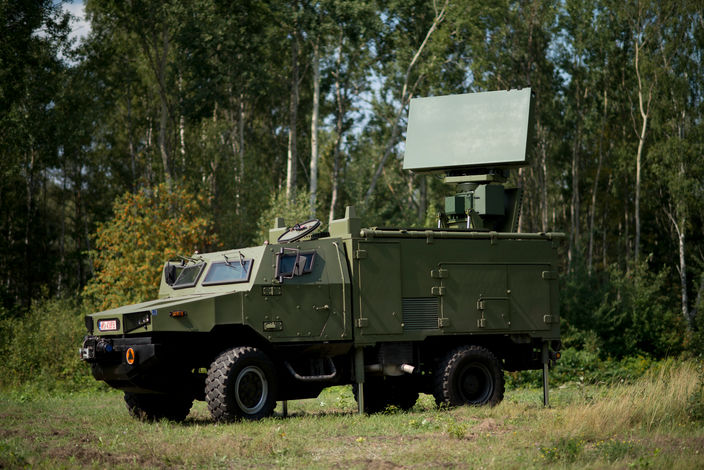Strona główna
Radar systems
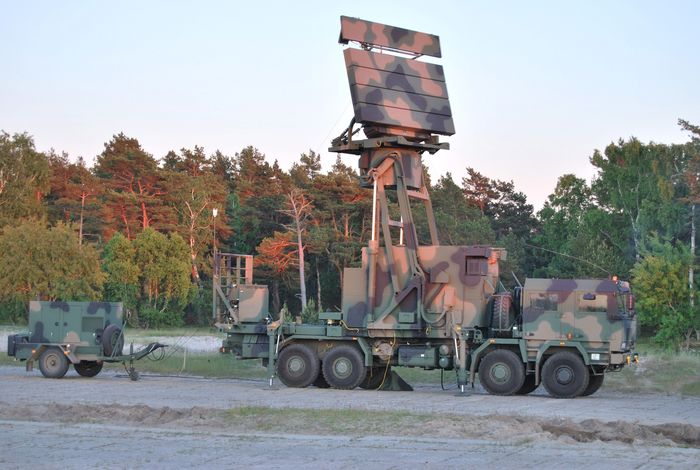
TRS-15 Mobile Three-Dimensional Medium Range Surveillance Radar
TRS-15 is an S-band mobile, three-dimensional medium range surveillance radar, capable of detecting targets at instrumented range up to 240 km. The detection range for a fighter-sized aircraft is 200 kilometers. The radar is able to automatically track up to 255 targets simultaneously,.
TRS-15 is provided with a Mark XA IFF system and is Mark XIIA and S mode ready. TRS-15 is able to detect targets flying at low altitude and is highly resistant to clutter and jamming.
The radar is highly mobile and can be deployed within 20 minutes. The TRS-15C is also able to act as a sensor for coastal anti-ship missile units due to an additional sea channel capability.
N22-N(3D) Mobile Three-Dimensional radar
N22-N(3D) is an S-band mobile, three-dimensional radar, able to act as a battery/battalion level radar within the air defence systems. Depending on antenna rotation rate, it can detect targets within the range of 60/100 km, at the altitudes of up to 30 kilometers. The radar features a rotating phased array antenna with multiple stacked beams, allowing a short refreshing time.
N22-N(3D) is highly resistant to jamming and clutter. The radar is provided with a Mark XA IFF system. and is Mark XIIA and S mode ready. The digitized data are exchanged via radio.
SOŁA Relocatable Radar
Soła is a three-dimensional S-band radar, able to act as detection, tracking and fire control radar for the short-range (SHORAD) and very short-range (VSHORAD) air defence system. It can be deployed in less than five minutes and it is able to detect fighter-sized aircraft at a range of 40 km, with an altitude of up to 8 kilometers. The radar can also detect mortar shells and hovering helicopters.
SOŁA is highly mobile and can support land forces which are conducting maneouvre operations. The radar may be mounted on any platform with a payload of at least 3,5 MT, including armored personnel carriers.

RM-100 Mobile Radar
The RM-100 is a sea surveillance system, featuring a Low Probability of Intercept thanks to the technology of Frequency Modulated Continous Wave. The radar operates in the X band, an the transmitter power is between 1 mW to 2 W. The maximum instrumented range is 48 nautical miles.The radar may be used to detect and automatically track maritime objects, including operations under radar silence. RM-100 may constitute a part of an economic zone monitoring system.
ARS-800 Maritime Patrol Aircraft Radar
ARS-800 is a radar system, dedicated to use on the Maritime Patrol Aircraft. It can be used to detect and track small and large surface vessels (including e.g. rafts or dinghys), as well as to create synthetic map of the coast in the Synthetic Aperture Radar mode. ARS-800 is also capable of detecting sea pollution.
The radar can transmit the data to an external command posts in co-operation with a dedicated communication system or additionally can operate autonomously. It can track up to 200 targets simultaneously, and the detection range for a target with an RCS of 150 m2 equals 80 km (at sea state 4).
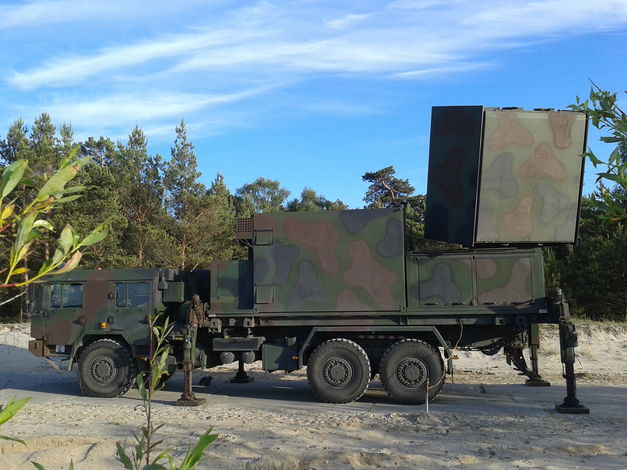
LIWIEC Weapon Locating Radar
LIWIEC is a weapon locating radar, which can be used as a sensor to detect and track a variety of targets, including rockets, UAS, mortar and howitzer shells, with data refreshment of 0,1 to 0,5 s. LIWIEC can cooperate both with integrated artillery command systems and individual batteries.
LIWIEC is mounted on a single vehicle and can can be deployed within minutes.
GUNICA ELINT System of Recognition of On-Board RF Emmitters
GUNICA is a passive Radio Frequency ELINT system system, able to detect, identify and find the direction of aerial emission sources within a frequency range of 0,5 to 18 GHz. The system has full 360 degrees coverage. If employed as a set of one PRP-25M Master and 2-3 PRP-25S Slave Systems, it is able to locate the emission sources using both TDoA and triangulation methods to complete the Radar Area Picture for use by the automated command and control system of the Air Force or Air Defence.
The system can also operate independently, enabling to find and monitor the emission sources as well as visualize, transmit or store the recognition data. It is highly mobile, and cannot be detected by radar warning receiver systems.
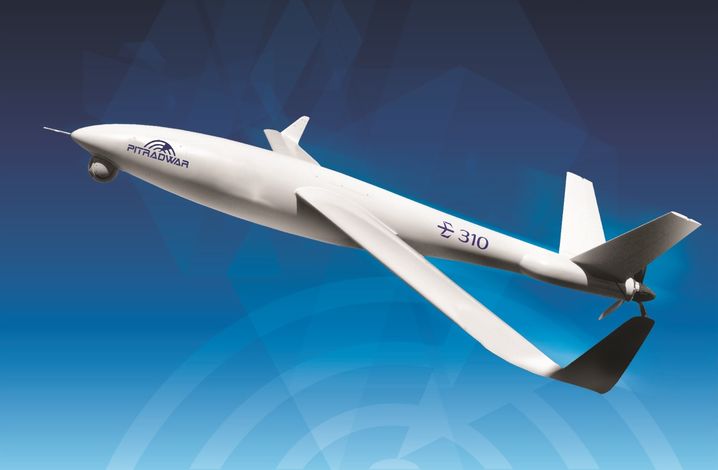
E-310 Unmanned Aerial System
E-310 Unmanned Aerial System is able to conduct reconnaissance and surveillance operations within 150 kilometers, for a period of up to 20 hours. Its payload can be configured according to the user needs, and may include both optoelectronic and radar sensors (miniSAR), enabling to operate during day and night, as well as in poor visibility conditions. The UAV features low radar and thermal signatures, making it difficult to detect and engage.
The communication system of E-310 is encrypted and highly resistant to jamming. It enables a real-time data transfer from the UAS to a command and control system. The vehicle can fly at altitudes of up to 5000 m. The takeoff weight is between 80 and 90 kilograms, including up to 20 kilograms of payload.

